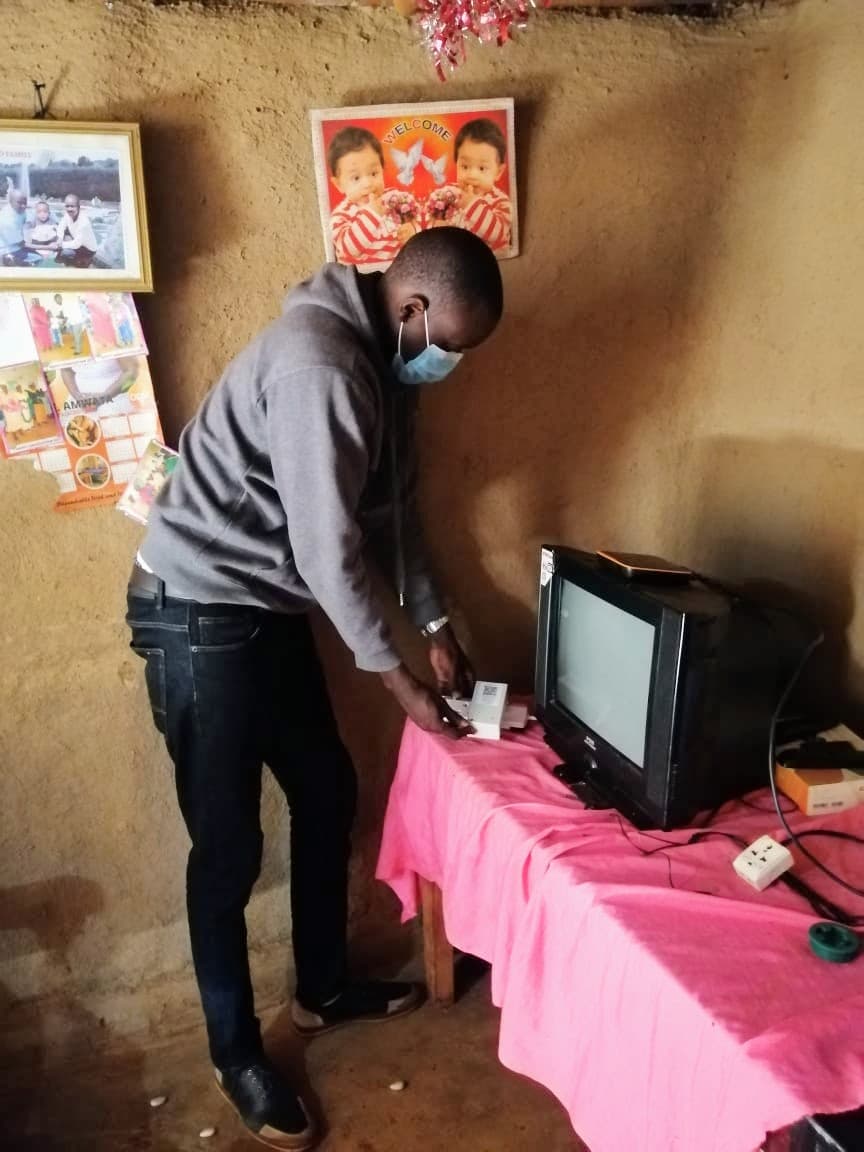Measuring the effects of donor conditionality on power quality in electricity access projects
nLine deployed sensors at 600 households in 150 villages across 5 counties in Kenya to provide data for a UC Berkeley-led evaluation of Kenya’s Last Mile Connectivity Project. Data from the sensors helped evaluate whether donor conditionality impacted grid construction quality and resulted in improved reliability and quality of electricity delivered to Kenyan households.
Motivation
Multilateral organizations, such as the World Bank (WB) and African Development Bank (AfDB), frequently provide aid or financing for development projects in low and middle-income countries. To improve accountability, these organizations often impose stringent conditions that must be met during project implementation.
The Government of Kenya’s Last Mile Connectivity Project (LMCP) aims to achieve universal access to electricity through the expansion of the distribution network and increased customer grid connections. This nationwide program identified 8,500+ villages (“sites”) where all unconnected households within 600 meters of the existing grid would be connected to electricity. Both the WB and the AfDB were each quasi-randomly assigned LMCP sites by the Kenyan government to fund and implement the extension of the distribution network. WB and AfDB each had differing contracting and grid construction procedures, and researchers aimed to study the impacts of these infrastructure procurement and construction conditionalities on power quality and reliability for households and small businesses.
Donor contracting conditions and public procurement: Causal evidence from Kenyan electrification, 2023“To the extent that low quality infrastructure exacerbates poor power quality and reduces the economic benefits of electrification, identifying opportunities to improve construction quality—including through specific procurement contracting conditions—may lead to meaningful improvements in economic outcomes.”
nLine partnered with the research team from University of California Berkeley, the University of Pennsylvania, and Yale University to design and implement a sensor installation sampling strategy that would help answer several key research questions, including:
- Is there a significant difference in power outages or in voltage quality between WB and AfDB funded construction sites?
- Are there power quality and reliability differences between grid-connected households that are located closer or further from the central transformer?
Project Description
From June 2021 to June 2022, nLine sensors were deployed in 600 total households across a sample of 150 LMCP villages in Kakamega, Kericho, Kisumu, Nandi, and Vihiga counties. In each village, sensors were installed in four households (connected to the same transformer) for 2 months at a time, rotating through 150 villages to increase the sample breadth. This also allowed nLine to rigorously test its unique rotating methodology for sensor redeployment.
Local implementation partner, REMIT Kenya, provided logistical support for sensor installation and maintenance. Households consented to having a sensor plugged in at their location and received compensation for ensuring the sensor remains installed.



Researchers paired power outage and voltage data with socio-economic surveys, on-the-ground analysis of LMPC procurement contracts and inspection reports, in-depth informational interviews with management-level staff from AfDB and WB, and independent construction auditing data. This data collection method afforded both granular and aggregated analyses of grid reliability at both the household-level and transformer-level in the 150 sampled LMCP villages.
Key Insights
Did donor procurement policies for LMCP infrastructure projects affect power reliability for end customers? The research team found the following results:
There was no significant difference in power outages or in voltage quality experienced by households between AfDB and WB funded sites.
Though more stringent procurement processes employed by the WB did generate tangible benefits in on-the-ground construction quality (as compared to AfDB sites), this does not appear to have led to a meaningful reduction in power outages or improvements in voltage quality over the 12-month sensor data collection period.
Variations in power quality within a village do not seem to be due to differences in construction quality itself.
While variations in power quality were observed between households within a village, the research team did not find significantly better power quality at WB sites with stricter conditionality requirements, as compared to AfDB sites. Researchers found that the worsening voltage quality experienced by some households located further distances from the central transformer is primarily due to the increasing number of connections between the transformer and the household, rather than the distance itself. Sensor data revealed that even for households located up to 1,400 meters (~0.87 miles) from a central transformer, the impedance of these long lines does not cause a significant measured drop in average voltage.
